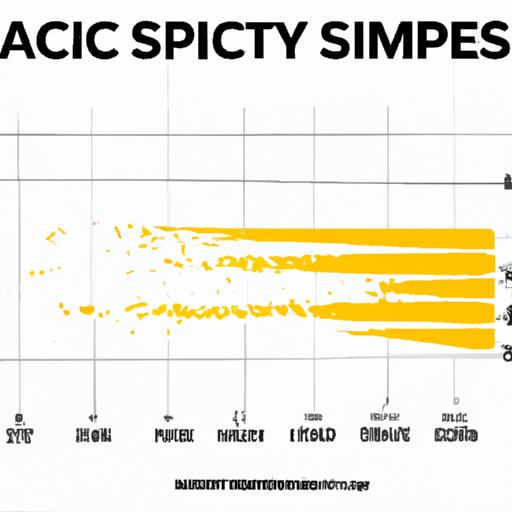In the vast expanse of outer space, a new battle is brewing on the launchpads of Florida. SpaceX, led by the visionary Elon Musk, is setting its sights on launching up to 120 times a year from the Sunshine State. However, as the aerospace giant gears up for this ambitious feat, competitors are feeling the heat and raising concerns about the impact on the industry. Let’s explore the high stakes game of space exploration unfolding at Cape Canaveral.
The Impact of SpaceX’s Increased Launch Frequency on Competitors
SpaceX’s ambitious goal of launching up to 120 times a year from Florida is causing a stir among its competitors in the space industry. With this increased launch frequency, SpaceX is set to dominate the market and potentially leave other companies in the dust.
Competitors are feeling the pressure as SpaceX’s rapid pace threatens to overshadow their own launch schedules. The company’s relentless push for more launches could force others to step up their game or risk falling behind in the ever-evolving space race.

Challenges Faced by Competitors in Response to SpaceX’s Expansion Plans
Competitors in the aerospace industry are facing numerous challenges in response to SpaceX’s ambitious expansion plans, especially their goal to launch up to 120 times a year from Florida. One major challenge is the sheer volume of launches that SpaceX is aiming for, which could potentially saturate the market and diminish opportunities for other companies.
Additionally, SpaceX’s cost-effective approach to rocket launches and their reusable rocket technology put pressure on competitors to innovate and cut costs to remain competitive. This has forced other companies to rethink their business strategies and come up with new ways to attract customers and secure contracts in an increasingly crowded market.

Suggestions for Competitors to Stay Competitive in the Launch Market
Competitors in the launch market are facing stiff competition as SpaceX aims to significantly increase their launch frequency from Florida. In order to stay competitive, it is crucial for these companies to adapt and innovate in the following ways:
- Invest in Reusability: Embracing reusable rocket technology can help reduce costs and increase efficiency in launching satellites into orbit.
- Focus on Customer Needs: By prioritizing customer satisfaction and catering to specific needs, competitors can differentiate themselves in the market.
Furthermore, competitors should also consider collaborating with other players in the industry to leverage resources and expertise. Building a strong network and fostering relationships with key stakeholders can help them stay ahead in the launch market. Additionally, continuously improving their technology and processes will be essential for competitors to remain competitive in the face of SpaceX’s ambitious goals.

Analyzing the Potential Benefits and Drawbacks of SpaceX’s Launch Frequency Growth
SpaceX’s ambitious goal to increase their launch frequency to up to 120 times a year from Florida has sparked mixed reactions from industry competitors. On one hand, this move could significantly boost SpaceX’s revenue and market share in the space industry. More launches mean more opportunities to expand their customer base and solidify their position as a leader in the field.
However, the rapid increase in launch frequency also raises concerns among competitors who fear that SpaceX’s dominance could stifle competition and limit opportunities for other companies. This could potentially result in a less diverse and innovative space industry landscape. Additionally, the higher frequency of launches could also raise safety concerns and put additional strain on resources such as launch pads and airspace.
In Conclusion
As SpaceX continues to push the boundaries of space exploration with its ambitious launch goals, it’s clear that the competition is feeling the pressure. With plans to launch up to 120 times a year from Florida, the company’s bold vision is both exciting and controversial. Only time will tell how this fierce competition will shape the future of commercial space travel. For now, all eyes are on SpaceX as they pave the way for a new era of innovation in the cosmos.


